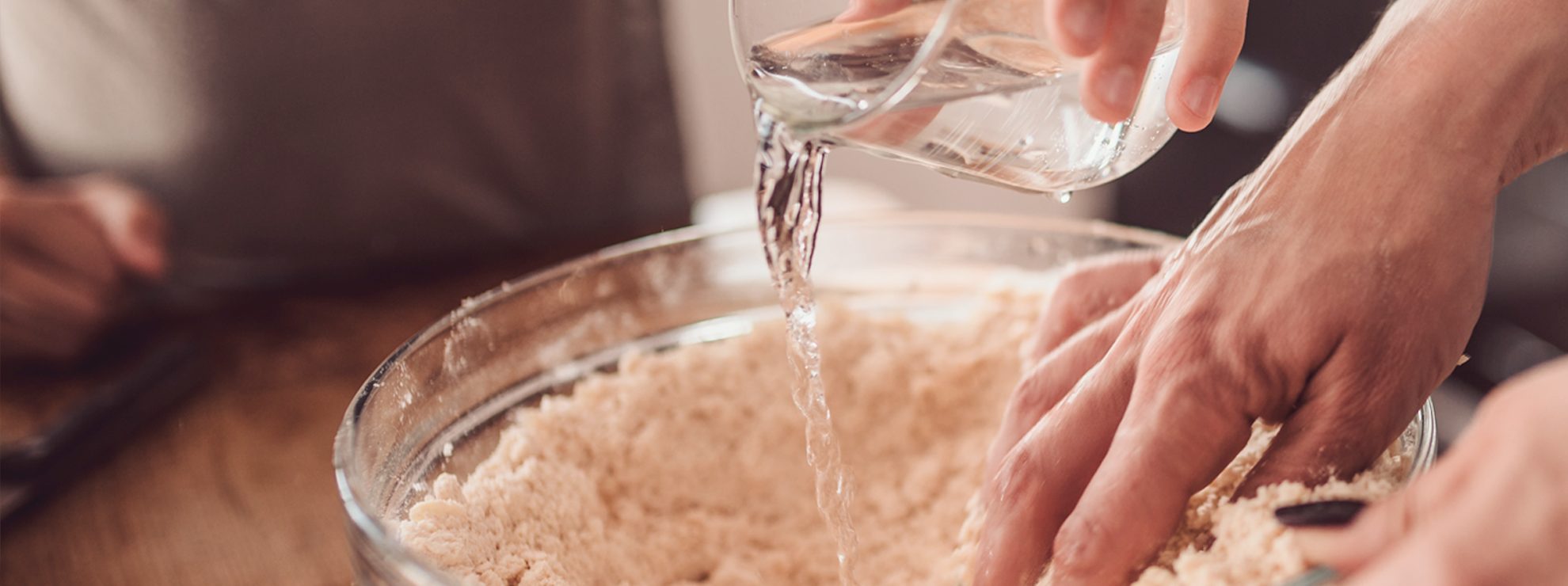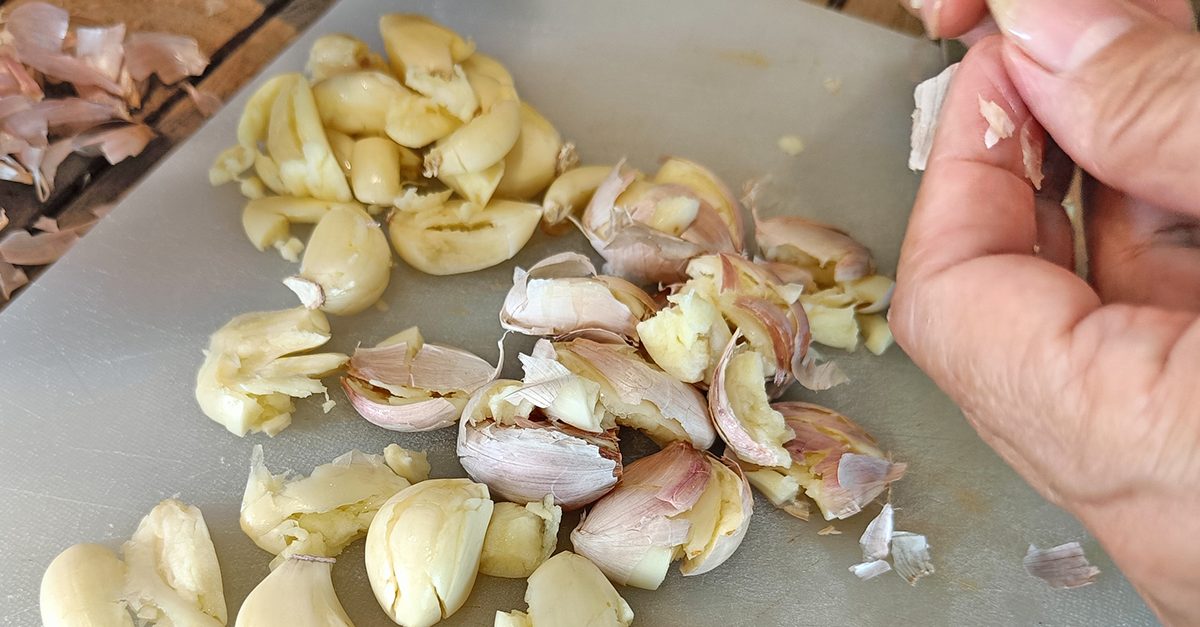Foods That Were Eaten During World War II and How It Changed the Way We Eat
The food scene has gone through numerous changes over the years. People were once content with stewed meat and boiled potatoes, but today we tend to seek out more adventurous flavors and textures. We are no longer satisfied with food restricted to our own region, and find ourselves enjoying dishes from various cultures. But most of us don’t know that decades ago during World War II, adventurous foods were not an option and citizens had to make do with the little food they received as a weekly ration.
;)
During the 1930s, people experienced the Great Depression, and not long after that, World War II started. We don’t really think about it much, but these events had a huge impact on the way we eat. Back then, foods were quite simple and some might even say bland. Today, we seek out foods that excite our palate without even giving it a second thought. But during that perilous period in history, the main goals were simple: get fed, replenish energy, and try to at least get some sort of nutrition.

During the war, governments (including the British and American government) introduced the rationing of food supplies. This was done to ensure that everyone at least got some of the little food that was available. Foods that were rationed included meat, fats, milk, sugar, eggs, and coffee. The amounts given to each were calculated by scientists and statisticians.
Interestingly enough – and this might sound contradictory – some people actually ate better during this rationing period than they did before! This is because everyone was supplied the same weekly quota of food, whether rich or poor. So, poor folks, who were previously unable to afford meat and had a nutrient-deficient diet, were actually able to consume more protein, and had the same amount of food as those that were usually ‘well off’. This led to a reduced number of infant deaths, and the age at which people died of natural causes actually increased.

In Britain, rationing lasted for 14 years, and as time progressed many more food items were added to the rationing list. Per week, a typical ration for one adult included [amongst others], 50g (2 oz) butter, 100 g bacon and ham (4 oz), 225g sugar (8 oz), and 1 egg. Because fats were scarce, home cooks saved fats whenever they could. So, meat drippings became quite popular. Whenever fat was released during cooking, it was saved in a jar and used in other recipes. Popular uses of fat included adding it to vegetables to impart more flavor, or even smearing it on a piece of bread.
Governments encouraged people to grow as much of their own food as possible, so fruits and vegetables became prominent ingredients in most dishes. Vegetable pies and turnovers, fruit preserves, carrot cookies – basically anything you can imagine!

Another food that was popular, and which certainly needs no introduction, is Spam. It might not seem like the most exciting product, but back then (with so many food shortages), Spam was fully embraced. People got creative and soon Spam was a regular feature for lunch and dinner: Spam sandwiches, Spam hash, plain Spam, – you name it!

After the war, soldiers were fed up with eating ‘war food’, and returned back home having been exposed to foods from various countries and cultures. This created in them a yearning for more adventurous food choices, and thanks to higher salaries post-war, it became a reality. Some historians suggest that it is actually during this period that ‘foodie culture’ originated.
;Resize,width=767;)
;Resize,width=712;)
;Resize,width=712;)
;Resize,width=712;)
